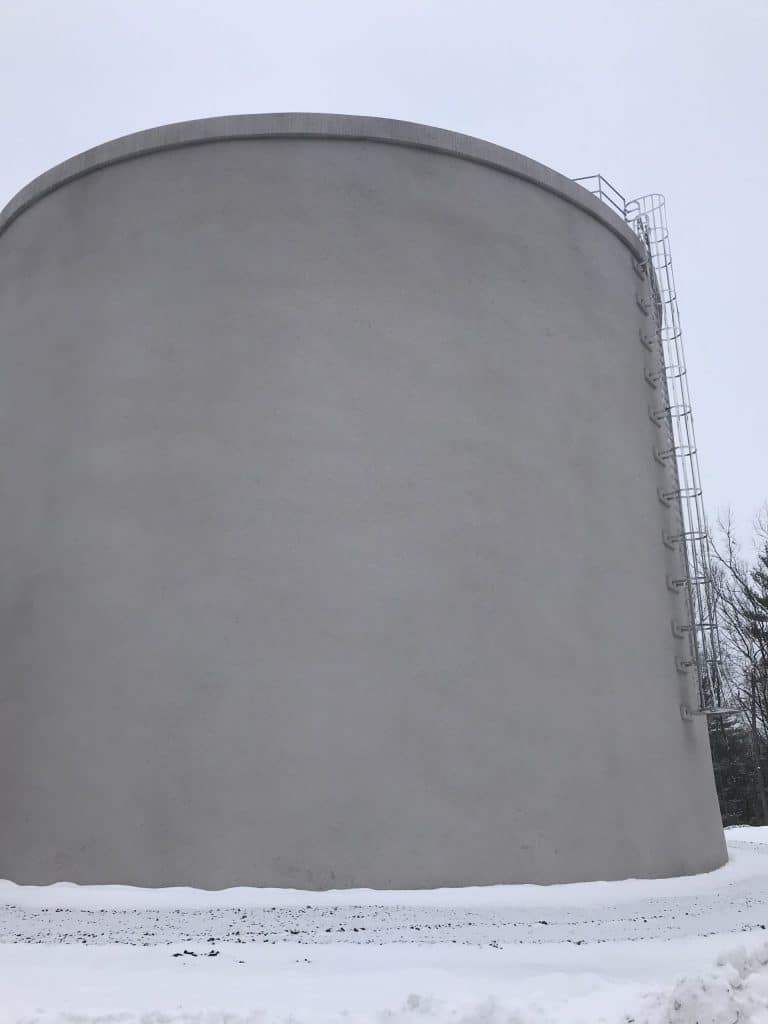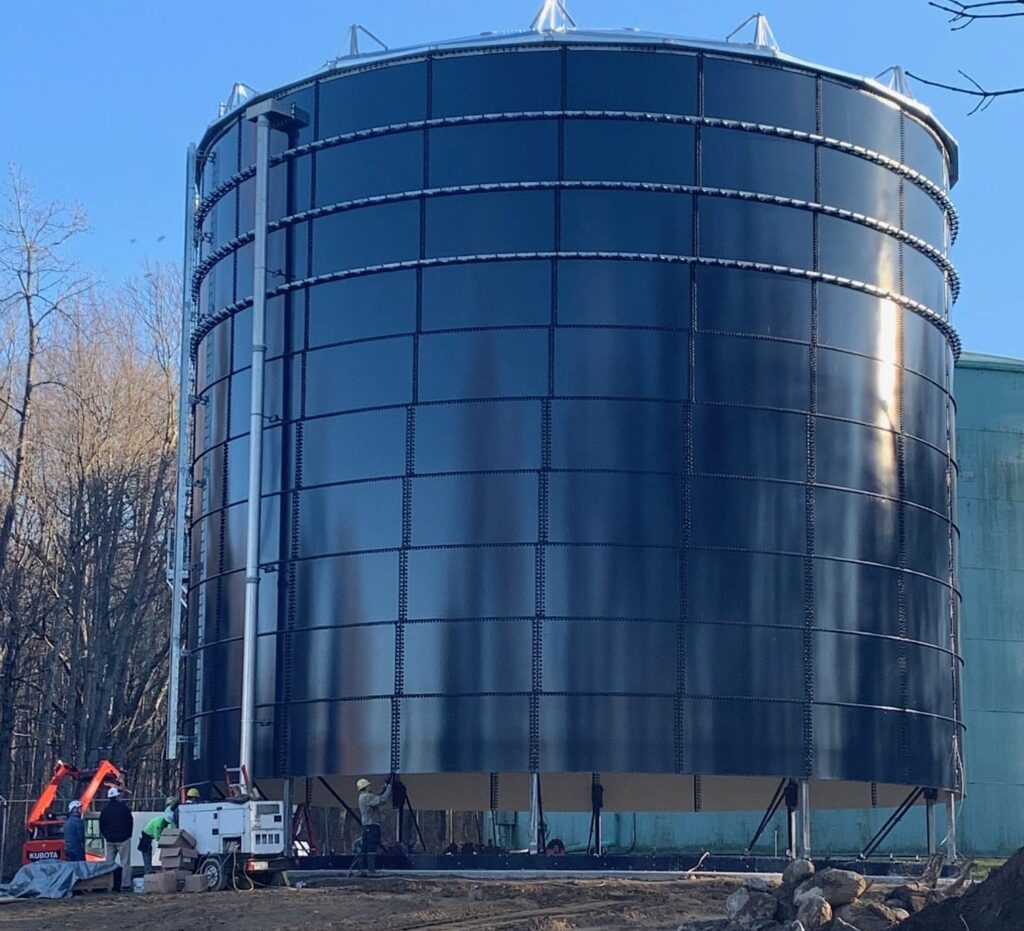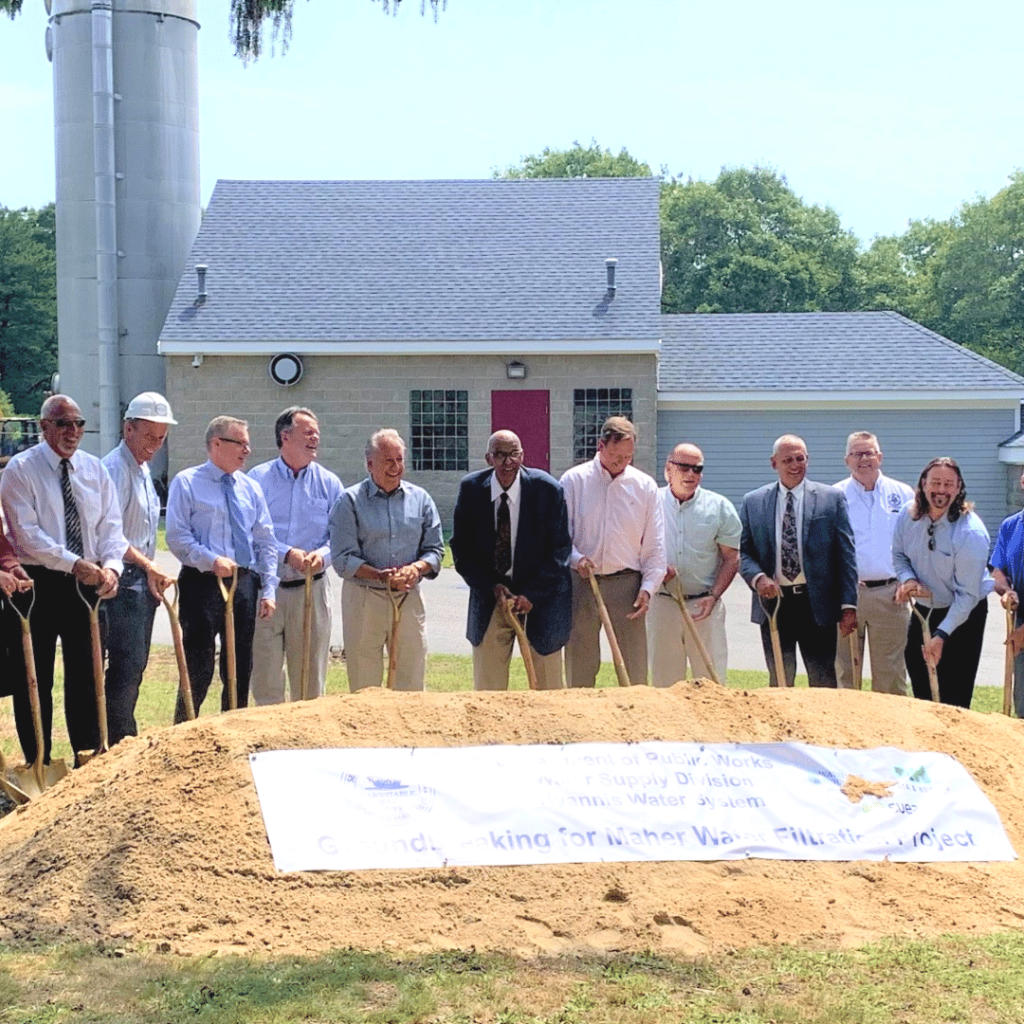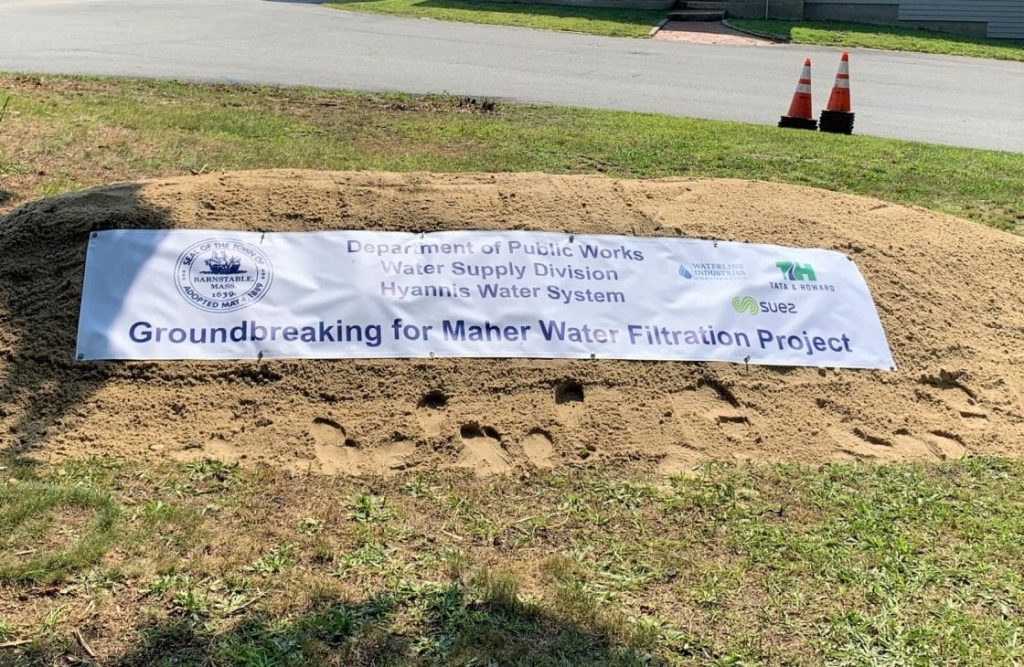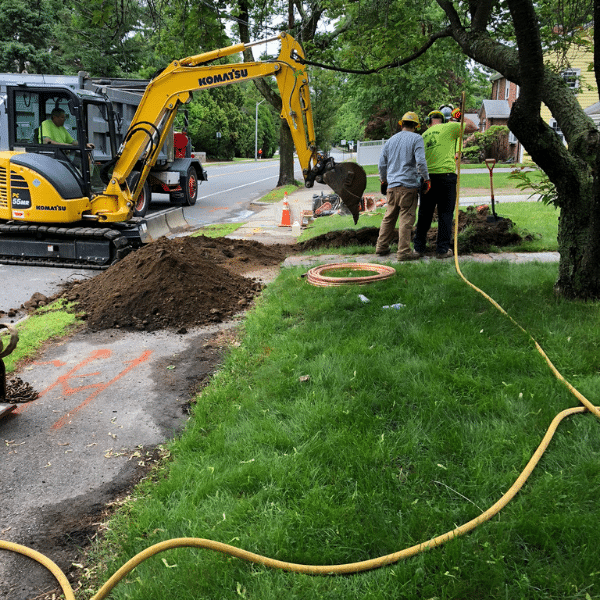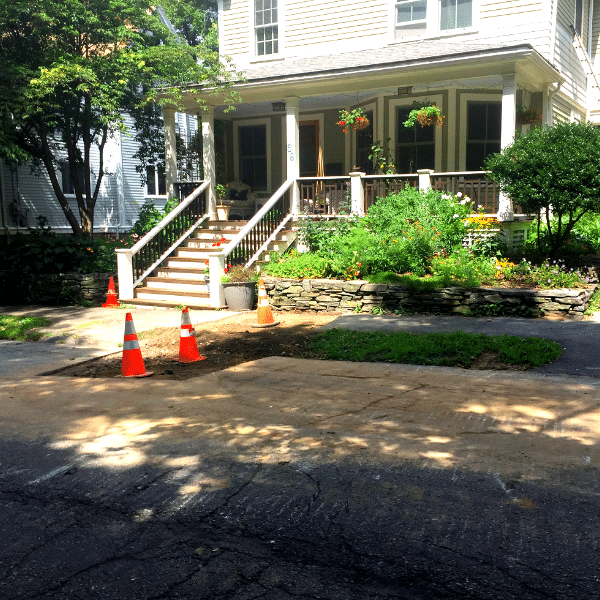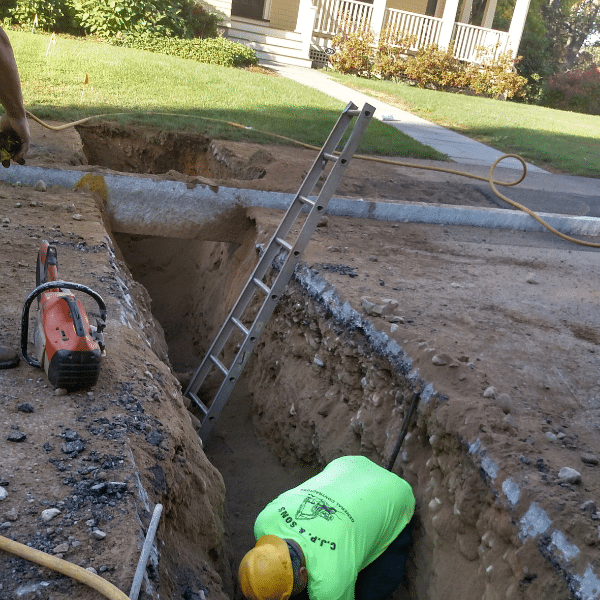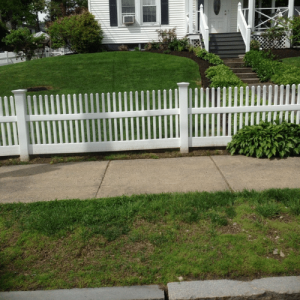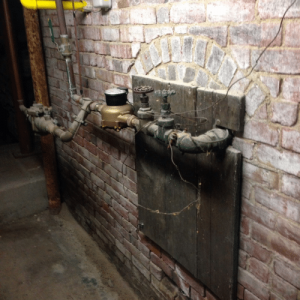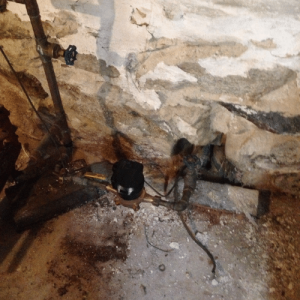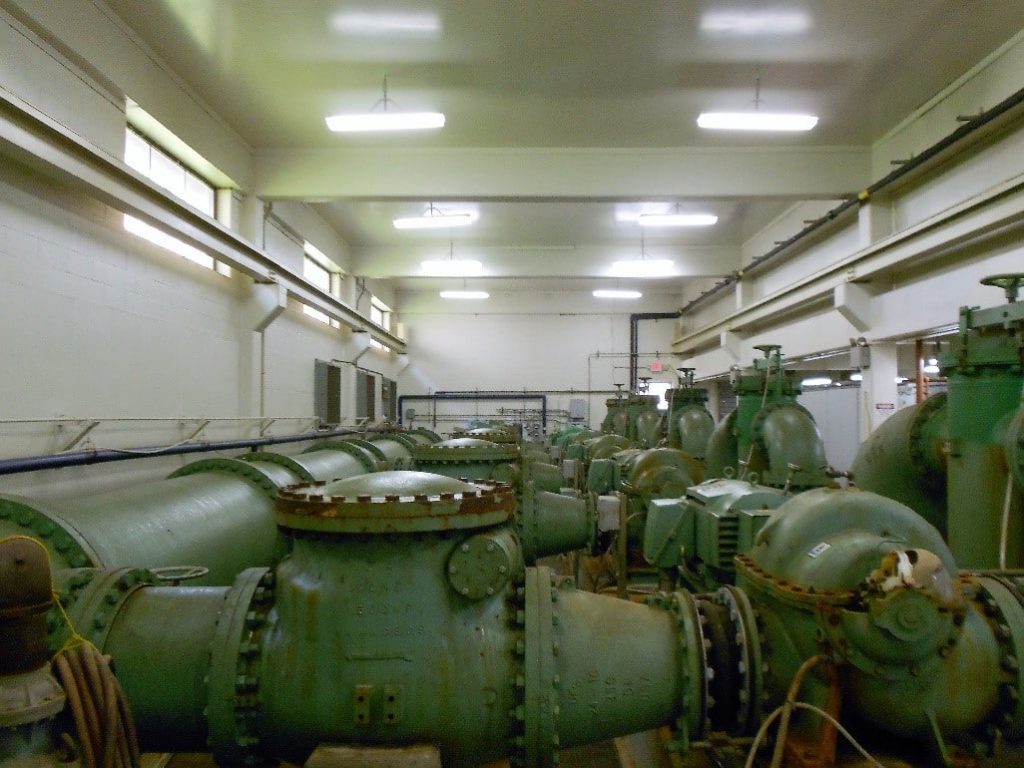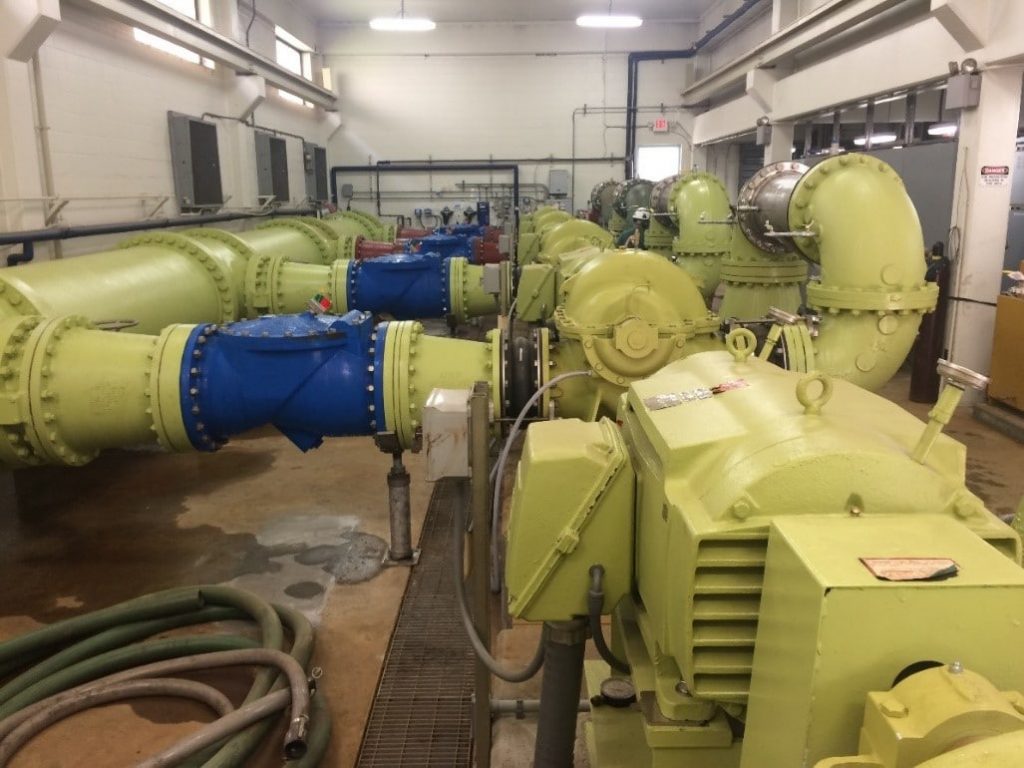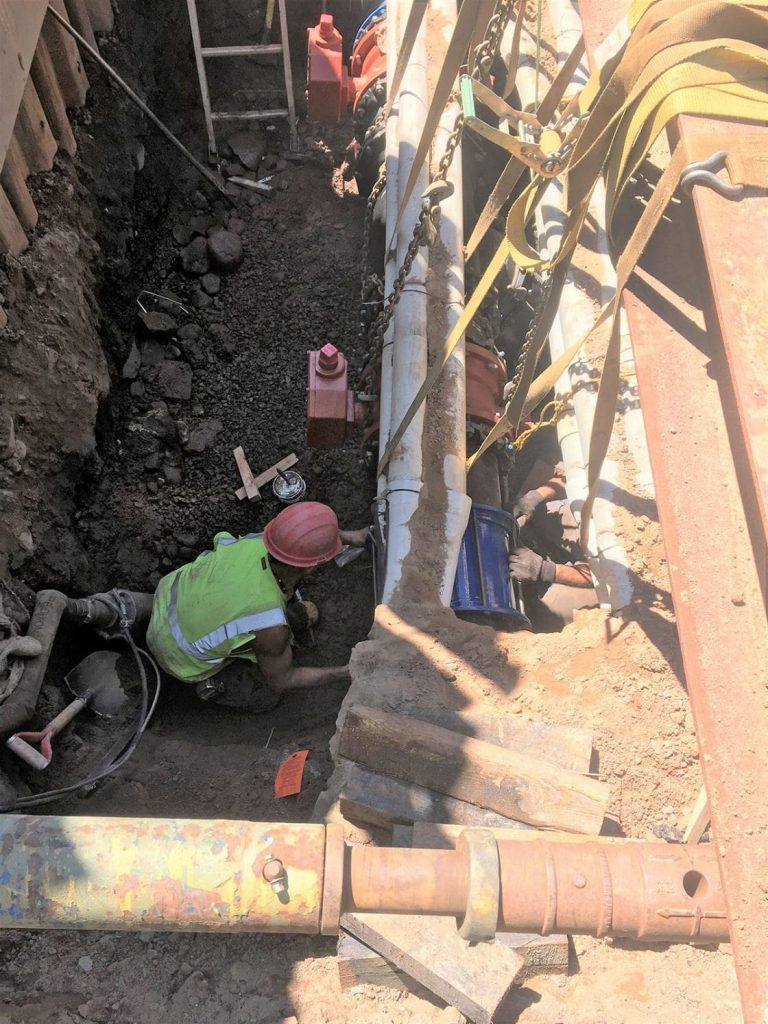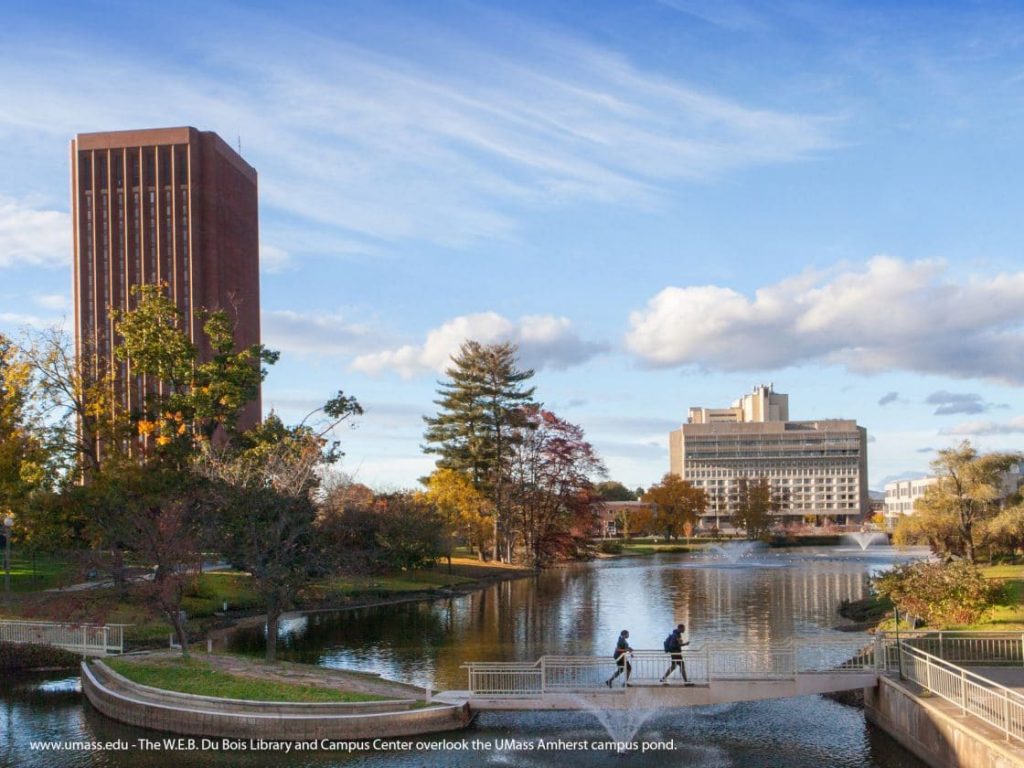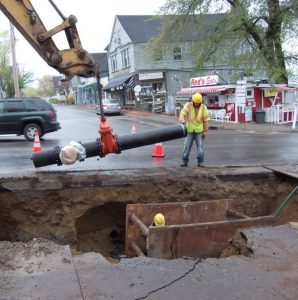Tata & Howard was contracted to provide design, bidding services, construction administration, and resident observation for the new water storage tank on East Mountain Road in Westfield, MA. The project included subconsultant work for the development of a survey, borings work, geotechnical evaluation and report, and environmental services to prepare a Habitat Assessment and MESA Checklist.
The design phase of the project consisted of the following:
- Development of a site plan showing the proposed 2.1 MG precast, pre-stressed, wire-wound concrete tank location
- New 16-inch diameter water main
- Removal of the existing 16-inch AC water main
- Access road improvements.
The new tank and access road required a Stormwater Management Permit to be filed with the City Engineering Department. Permits were filed with MassDEP, FAA, and MESA.
The construction administration phase consisted of the following:
- Attending progress meetings with the client
- Providing consultation on construction matters
- Contracting with a qualified biologist to develop and supervise implementation of the Rare Vertebrate Protection Plan
- Review and approval of shop drawings, schedules, and other data
- Final observations of project
- Finished set of record drawings
The resident project representative phase included the services of a part-time Resident Project Representative at the site to assist in the observation of the work.
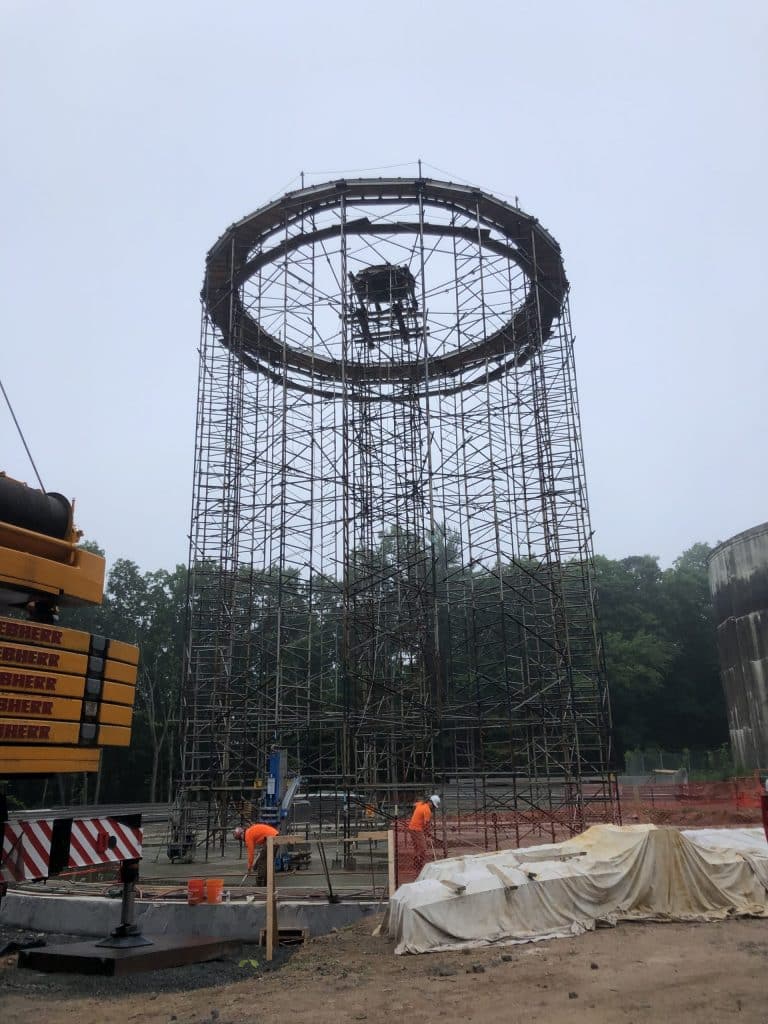
The precast concrete tank, constructed by DN Tanks, is made of multiple concrete panels that were cast on site and lifted into place by a crane.
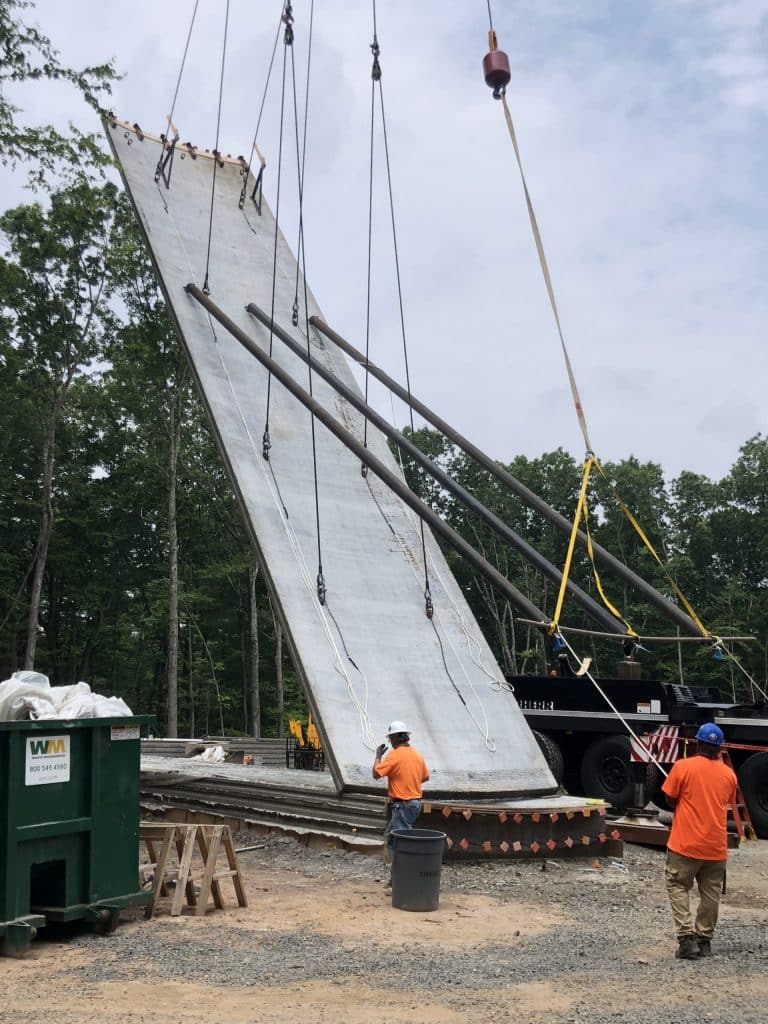
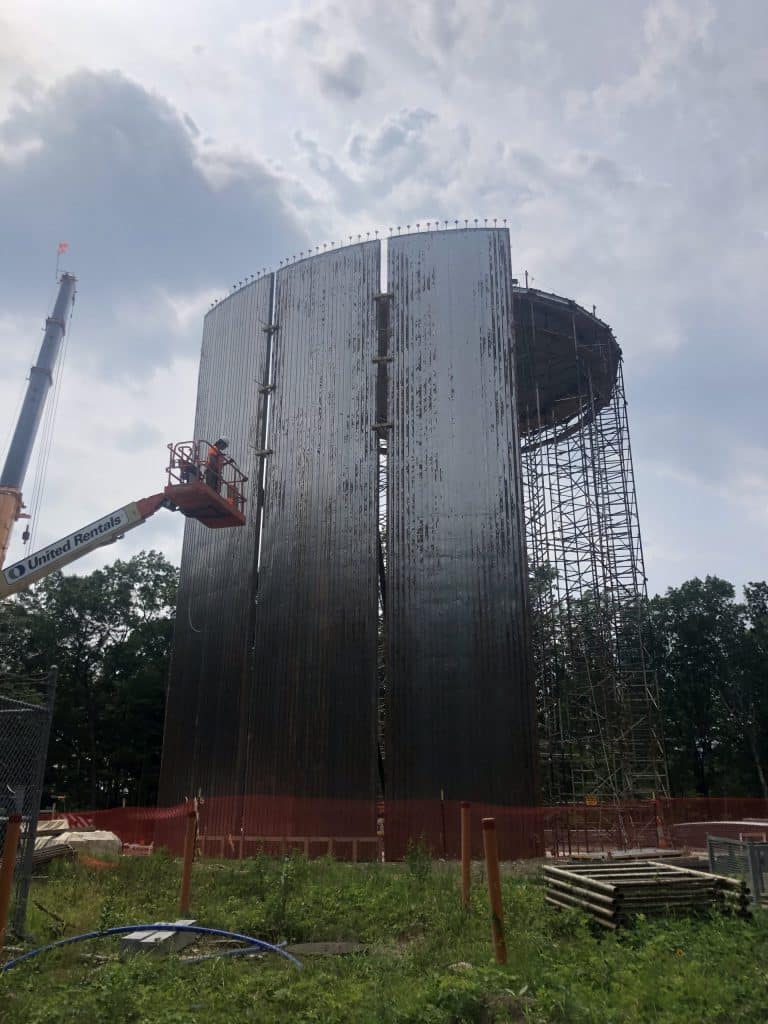
The new 2.1 mg tank will replace the city’s original 2.7 mg tank and is now online.
